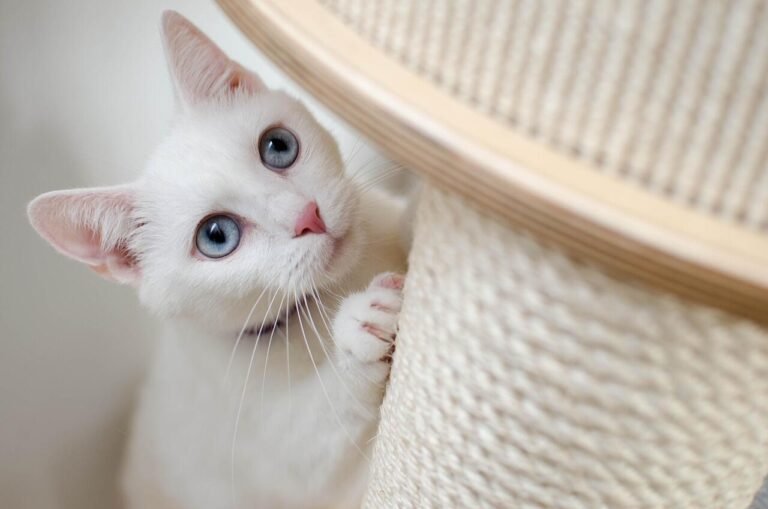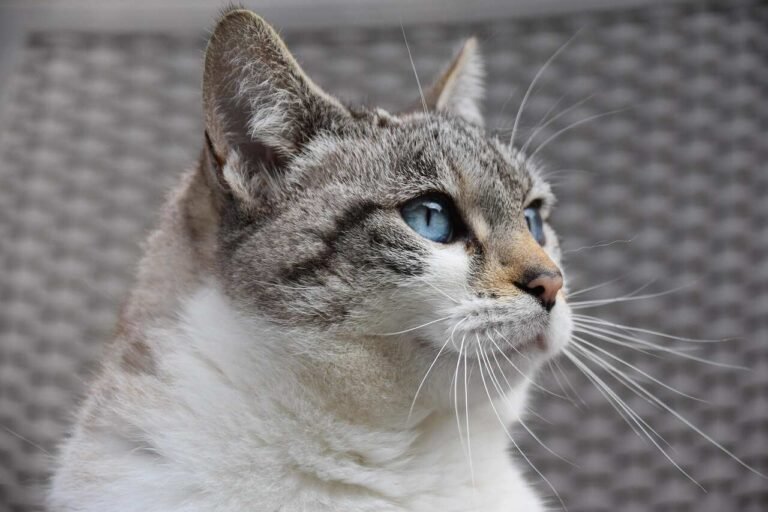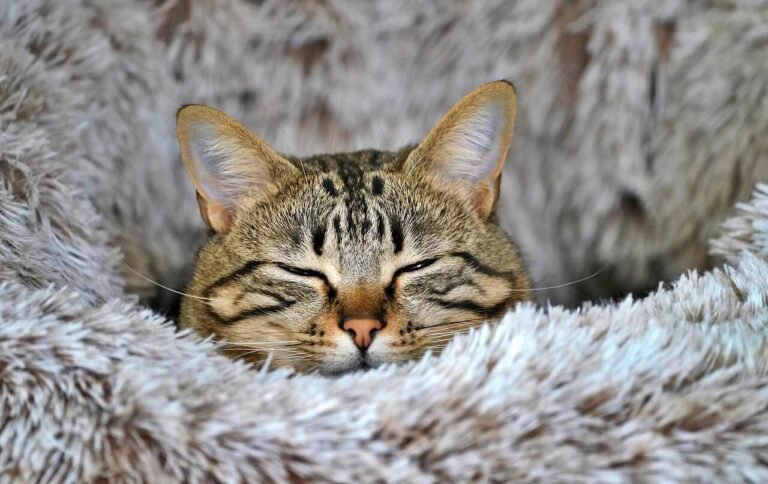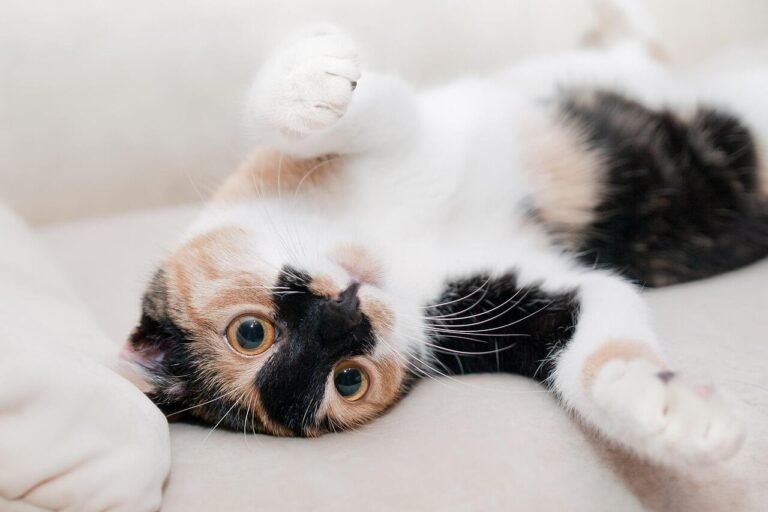One of the most common questions we hear at Pawlished Toronto is: “How often should a sitter visit my cat?” While cats may seem independent, they thrive on routine, connection, and daily care, especially when you’re away.
In this comprehensive guide, we explore everything you need to consider when deciding on the perfect visit schedule for your feline friend: from personality and age to health needs, enrichment, and emotional well-being. Whether you’re leaving for a weekend getaway or a multi-week trip, a thoughtful plan makes all the difference in your cat’s comfort and safety.
🐾 The Gold Standard: Daily Visits
For most healthy adult cats, at least one daily visit is the gold standard. Cats rely on predictable routines to feel secure, and a daily check-in ensures they receive fresh food, clean water, and litter maintenance. Even more importantly, they get human interaction and social contact that prevents feelings of loneliness and anxiety.
Cats are experts at masking discomfort or illness. A daily visit allows a professional sitter to spot early signs of trouble, like reduced appetite, excessive hiding, or sudden changes in litter habits — issues that may go unnoticed if no one checks in regularly.
😺 When Twice-Daily Visits Are Better
While once a day works well for many cats, some truly need more frequent visits. Two visits per day can mirror your cat’s regular schedule at home and help reduce stress and separation anxiety.
Cats who benefit from twice-daily visits include:
- Kittens and older cats: Kittens need more frequent meals and interaction, while older cats often need medications, extra hydration support, and careful monitoring.
- Cats with medical conditions: Cats requiring insulin injections or medications at specific times of day rely on a strict schedule to stay healthy.
- Highly social cats: Cats who love constant companionship may get bored or lonely with just one visit a day, leading to behavioral issues.
Morning and evening visits maintain a sense of normalcy and provide reassurance through consistent touchpoints.
🏡 The Importance of Routine
Cats are creatures of habit. Any disruption to their daily schedule can cause anxiety and behavioral problems. Skipping a meal or delaying playtime might seem minor to us, but to your cat, it can feel unsettling.
Aligning your sitter’s visits with your cat’s usual routine reduces stress significantly. For example, if your cat expects breakfast promptly at 7 a.m. and enjoys evening playtime around 6 p.m., matching those times helps them feel secure even when you’re away.
Maintaining their feeding, litter box, and play schedules as closely as possible keeps them balanced and healthy.
💡 Behavioral Clues Your Cat Needs More Visits
Not all cats are the same, and your pet might show signs that they need more attention. Look out for these behavioral clues:
- Refusing food or changes in appetite
- Excessive grooming, hair loss, or skin irritations
- Sudden aggression or fearfulness
- Increased hiding or unusual vocalizations
- Litter box accidents
If you notice these signs after returning from a trip, it could mean your cat felt stressed or lonely with only one visit per day and might do better with twice-daily visits next time.
🩺 Considerations Older Cats And Those With Medical Needs
Older cats and those with medical needs require more attentive care. Arthritis, kidney disease, hyperthyroidism, and other age-related conditions demand close monitoring of mobility, hydration, and appetite.
For these cats, twice-daily visits allow for more frequent medication, hydration checks, and careful observation. Sitters can also note subtle changes, like decreased energy levels or unsteady movement, and update you immediately. Early detection of issues can be life-saving.
🧶 Enrichment: More Than Just Basic Care
A quality drop-in visit is more than feeding and litter scooping — it’s a chance to provide mental and emotional enrichment. At Pawlished, we treat each visit as an opportunity to nurture your cat’s spirit.
Activities can include:
- Wand toy play sessions to satisfy hunting instincts
- Puzzle feeders to encourage problem-solving
- Window watching and interactive games
- Gentle petting or quiet companionship for shy cats
Enrichment prevents boredom, reduces stress, and supports overall wellness. Without it, even a physically healthy cat can develop anxiety or destructive behaviors.
💌 Updates for Your Peace of Mind
Regular updates aren’t just a nice touch — they’re essential for keeping you connected and reassured. At Pawlished Toronto, we provide detailed daily reports with photos and notes on appetite, mood, and activities. This transparency ensures you feel confident that your cat is thriving and cared for.
Knowing your sitter is observant and communicates clearly helps you travel with less worry and return to a content, happy cat.
🤝 Building Trust and Comfort
Cats may be independent, but they also build strong bonds with their caregivers. Working with the same sitter regularly helps your cat develop trust, making each visit smoother and more enjoyable.
A trusted sitter who understands your cat’s personality, habits, and preferences can provide personalized care tailored to their unique needs. Over time, this bond helps reduce stress during your absence and promotes a sense of security.
✅ Final Thoughts
How often a cat sitter should visit is a deeply personal choice, but it should always prioritize your cat’s emotional and physical well-being. While daily visits are essential for most cats, some thrive with two visits per day to maintain routine and provide extra companionship and monitoring.
Ultimately, your cat deserves care that is as thoughtful and detailed as the love you give them every day. Personalized, consistent visits keep your cat happy, healthy, and relaxed until you’re back home.
Want to create the perfect care plan for your feline friend? Book your complimentary meet & greet with Pawlished Toronto today.






